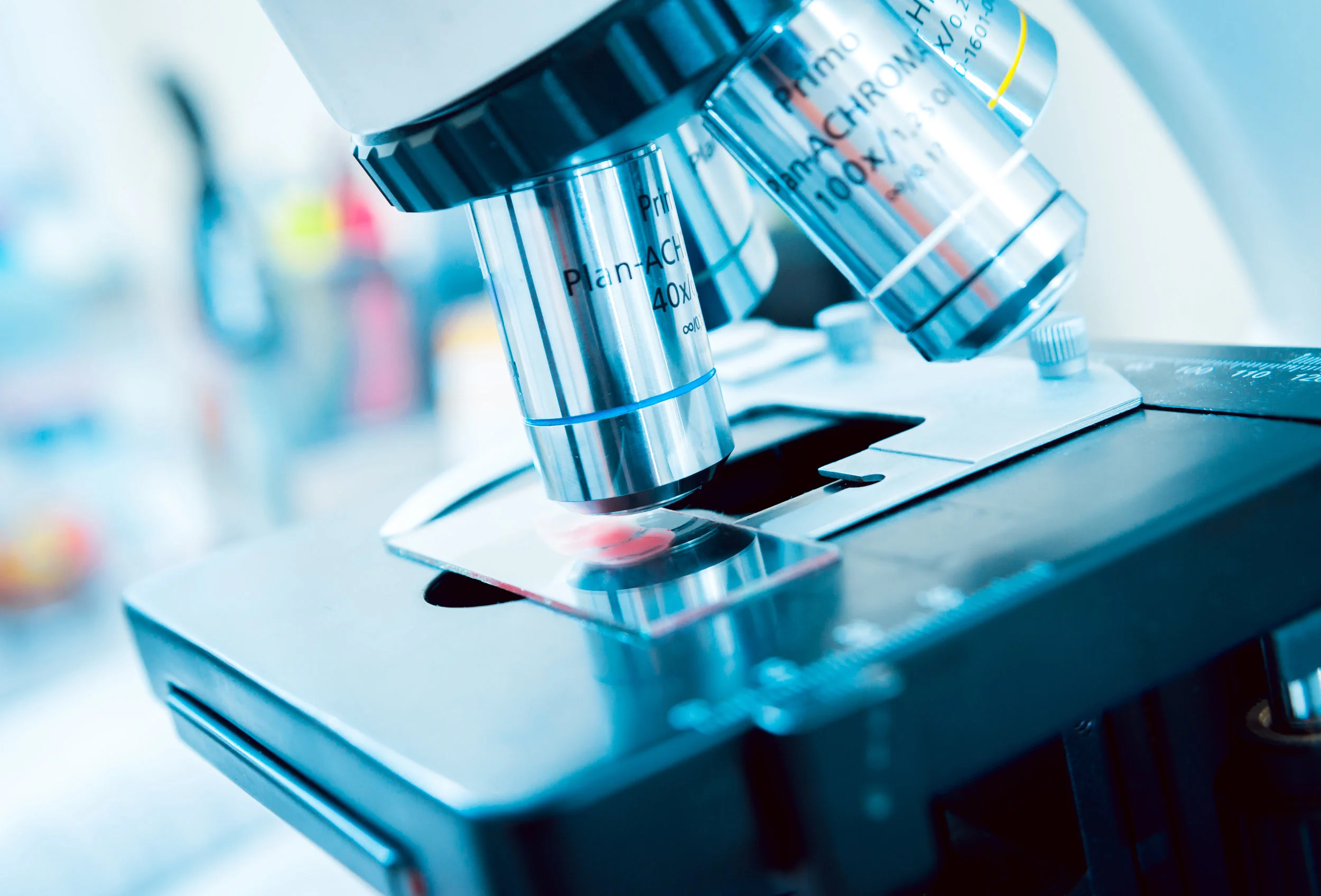Karolinska Institute's Breakthrough in Faster Pathogen Diagnosis

Traditional pathogen detection methods, especially during events like the COVID-19 pandemic, leaned heavily on protein-based diagnostics.
These techniques, although effective, required the extended development of high-quality antibodies. This often resulted in diagnostic delays, hindering timely medical interventions and impacting public health.
A New Approach to Detection
Scientists at the Karolinska Institute have introduced a game-changing pathogen detection method using DNA Nanoballs. Guided by Principal Investigator Vicent Pelechano, an associate professor in the Department of Microbiology, Tumor, and Cell Biology, the team believes this technique could transform nucleic acid testing, making it faster, more affordable, and universally accessible.
To achieve this, they refined a DNA amplification process named LAMP. In the presence of a pathogen in a sample, this modification results in the creation of tiny 1-2μM DNA nanoballs. These spheres then travel through minuscule channels and are detected electrically as they navigate between two electrodes. Impressively, this system can identify a mere 10 target molecules in under an hour through a simplified, fixed apparatus.
Vicent Pelechano emphasizes the gravity of their work, noting, “Fast and precise genetic material detection is pivotal for diagnosis, particularly in reacting to new pathogens.”
While the COVID-19 pandemic saw an uptick in the adoption of protein-based rapid tests, they demanded extensive efforts to produce elite antibodies. In contrast, nucleic acid-focused methods present a less complicated development route, heightened sensitivity, and inherent flexibility.
This avant-garde, label-free method could accelerate the launch of novel diagnostic instruments. Marrying easy-to-manufacture electronics with freeze-dried compounds, this innovation might set the stage for an economical, scalable, and universally accessible point-of-care gadget.
The team is currently exploring this technology's potential applications in areas like environmental surveillance, food safety, and the identification of viruses and antimicrobial resistance. They are contemplating licensing opportunities and even mulling over launching a startup to harness the technology's full potential, having recently patented it.
A report by Precedence Research estimated the infectious disease diagnostics market at USD 28.65 billion. By 2032, it's projected to double to USD 56.62 billion, growing at a CAGR of 7.05% from 2023 to 2032.
The report said, “The market is driven by several factors, such as the growing occurrence of infectious diseases globally, the emergence of new and drug-resistant pathogens, the necessity for accurate & rapid diagnostic methods, and the advancements in technology that led to the development of more specific and sensitive diagnostic tools.”
However, transitioning from research to real-world application isn't always seamless.
While the potential of DNA Nanoball detection technology is vast, its path to mainstream acceptance in the diagnostics field faces several hurdles. Gaining regulatory approvals requires rigorous testing and can be a protracted process. Additionally, the advancement of this novel method demands considerable R&D investments, which can be daunting, especially for emerging players.
Ensuring consistent and reliable results across diverse scenarios is crucial for its credibility. Moreover, breaking into a market with established diagnostic entities equipped with proven methods and significant resources adds to the competitive challenges. Together, these factors underscore the intricate journey this innovation will undergo before achieving widespread adoption.
Spotlight on Emerging Players
Many startups recognise the transformative potential of this technology and are positioning themselves to harness its benefits. A case in point is NanoSpy, which recently secured funding of USD 256 thousand. NanoSpy is at the forefront of crafting rapid pathogen detection biosensors that capitalise on their state-of-the-art biofunctionalised nanomaterials. Their pioneering biosensor platform is tailored to pinpoint specific pathogens such as L. monocytogenes, S. Typhimurium, and S. Enteritidis.
Conclusion
Given the momentum around innovative methods like DNA Nanoball detection, the future for the pathogen detection sector looks optimistic. As technology continues to evolve and integrate with other industries and with startups pushing the envelope, we can expect a significant move towards more reliable and faster detection techniques.
Author:
Charlie Cragg
Content Producer and Writer
Nano Magazine | The Breakthrough





